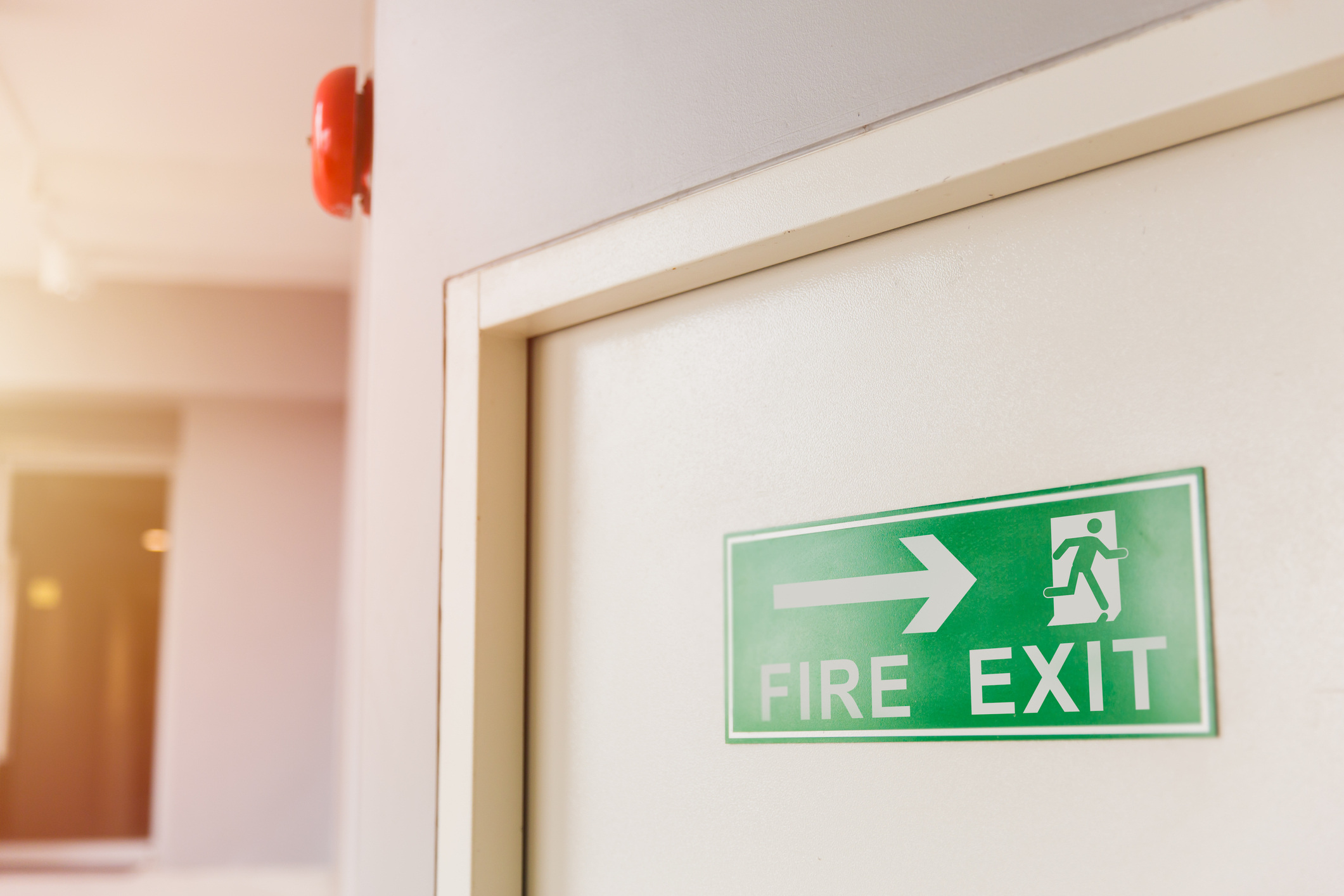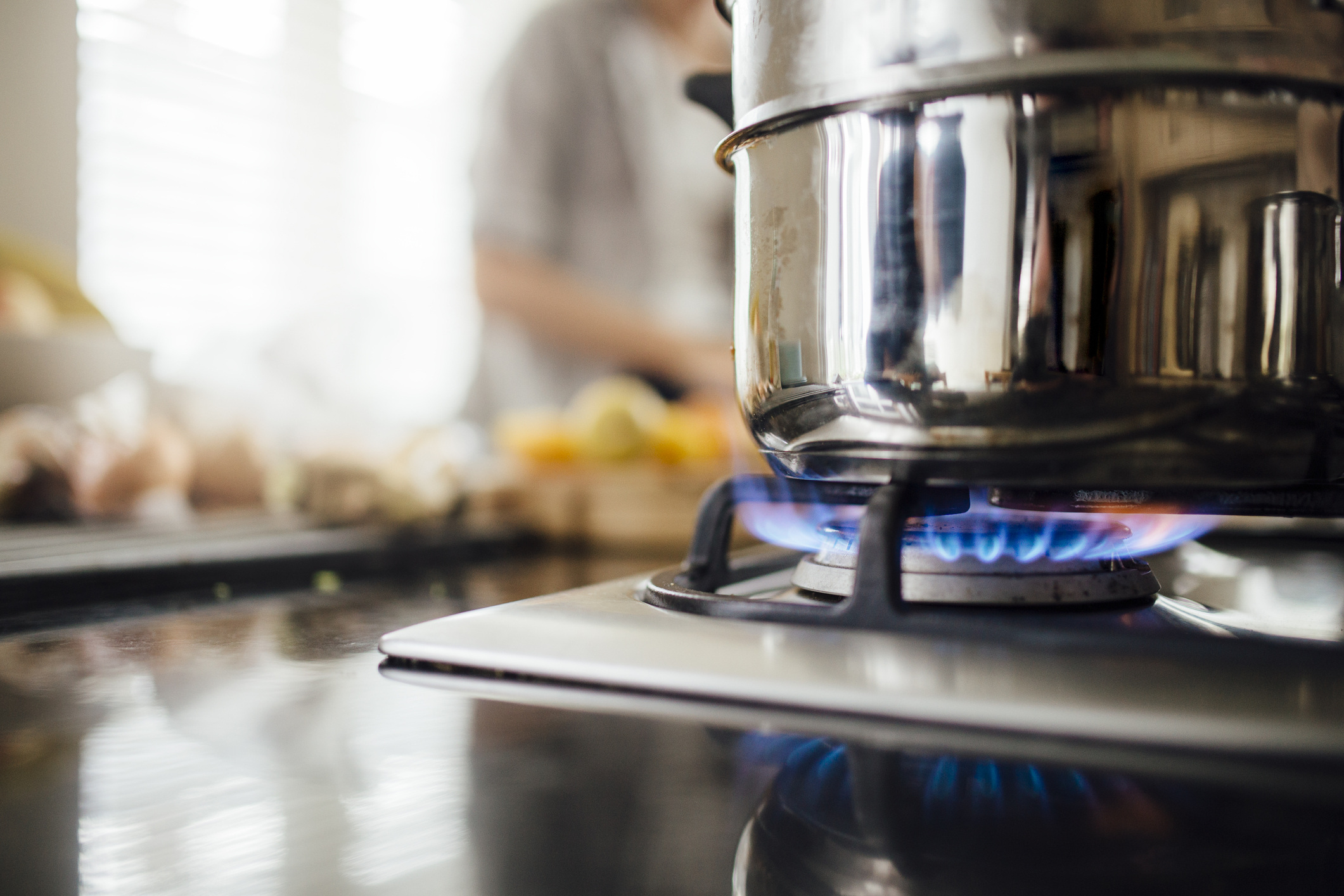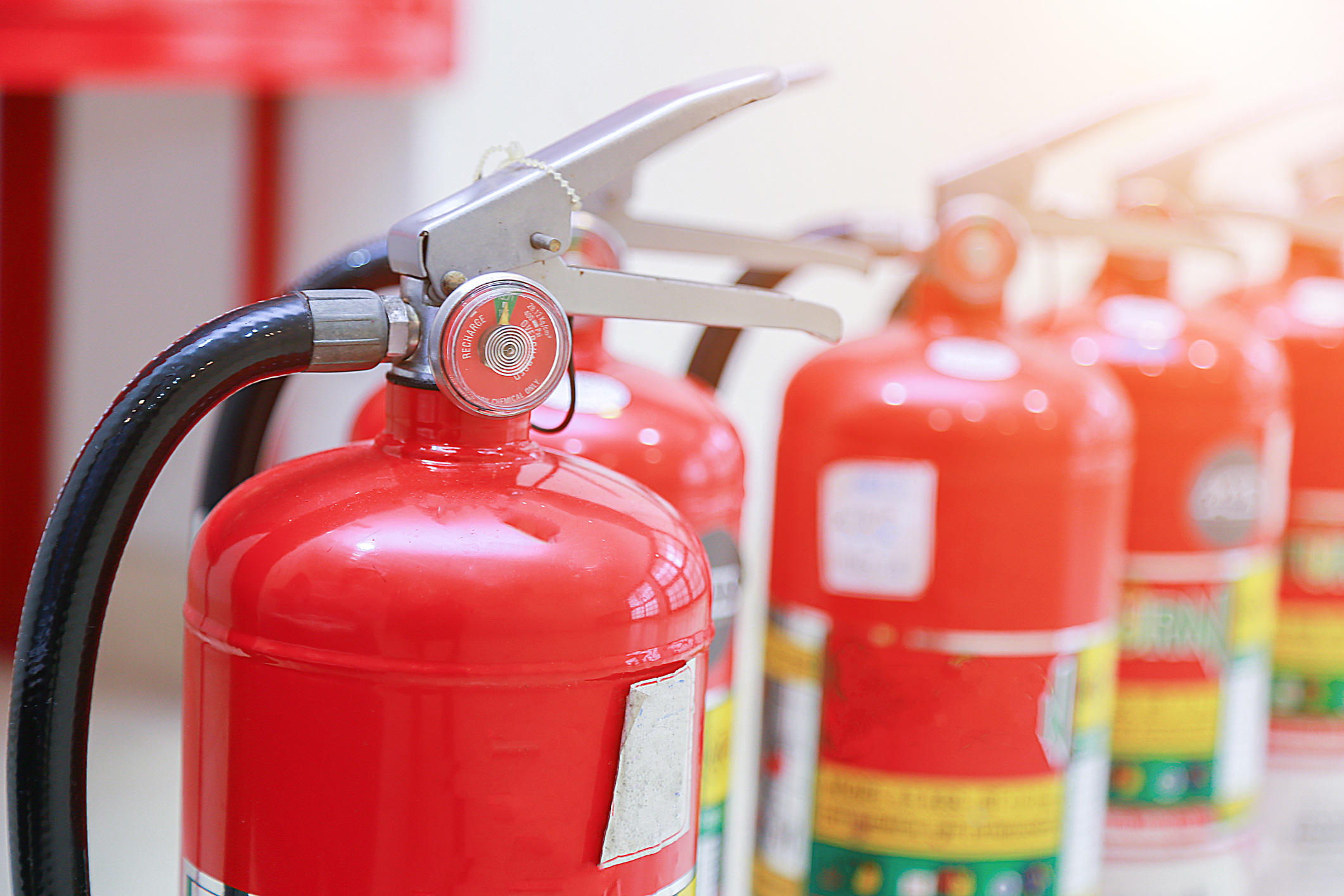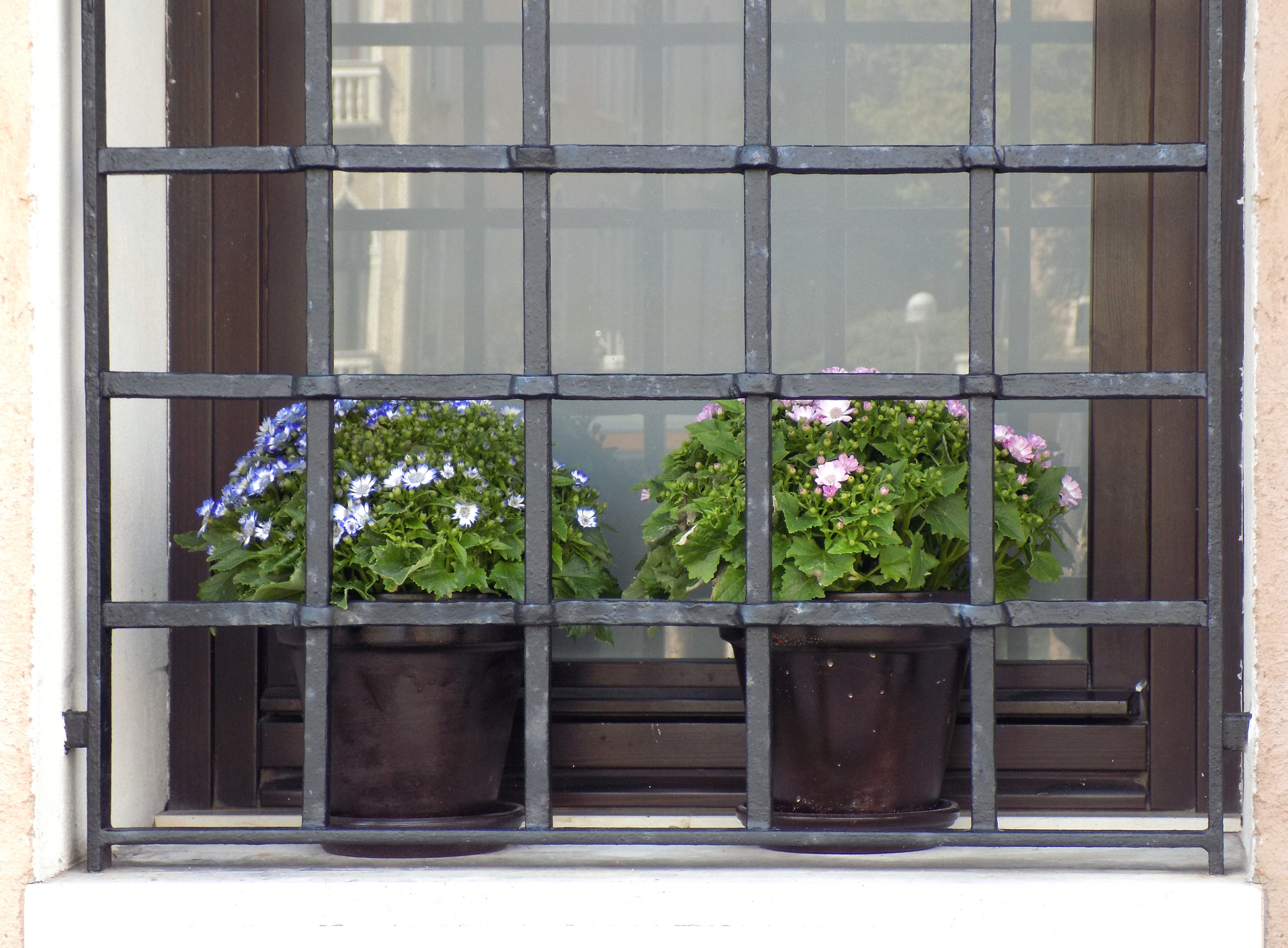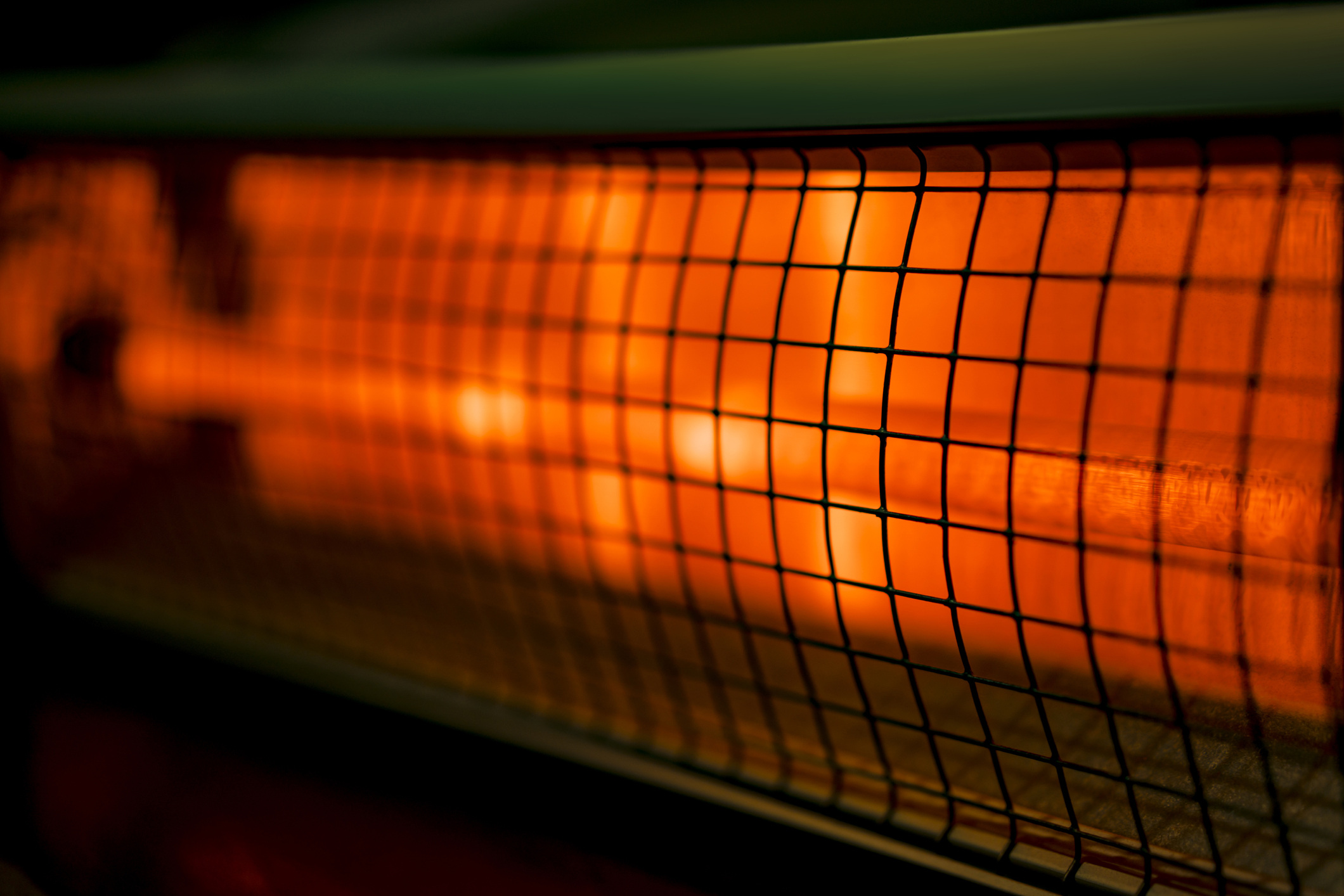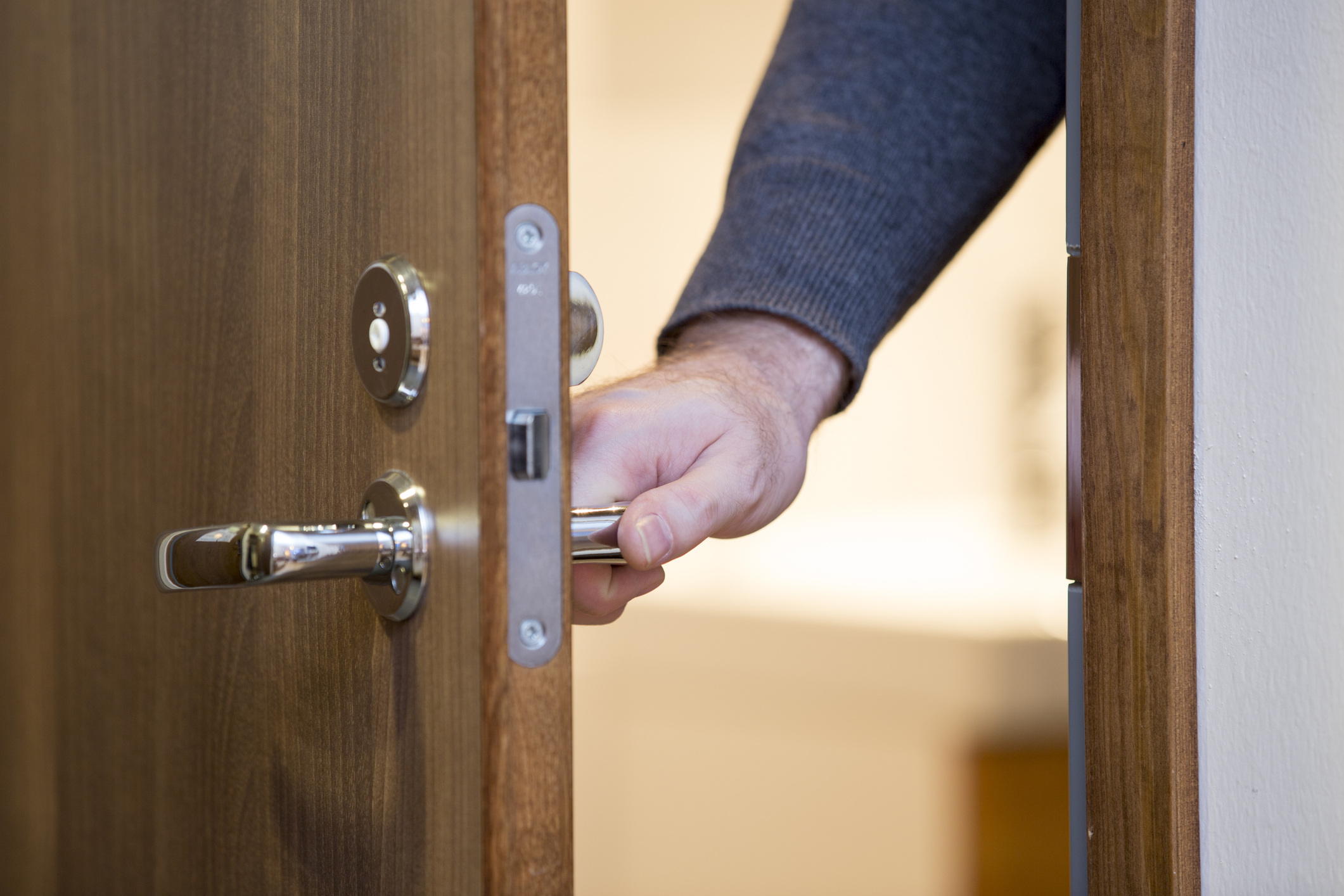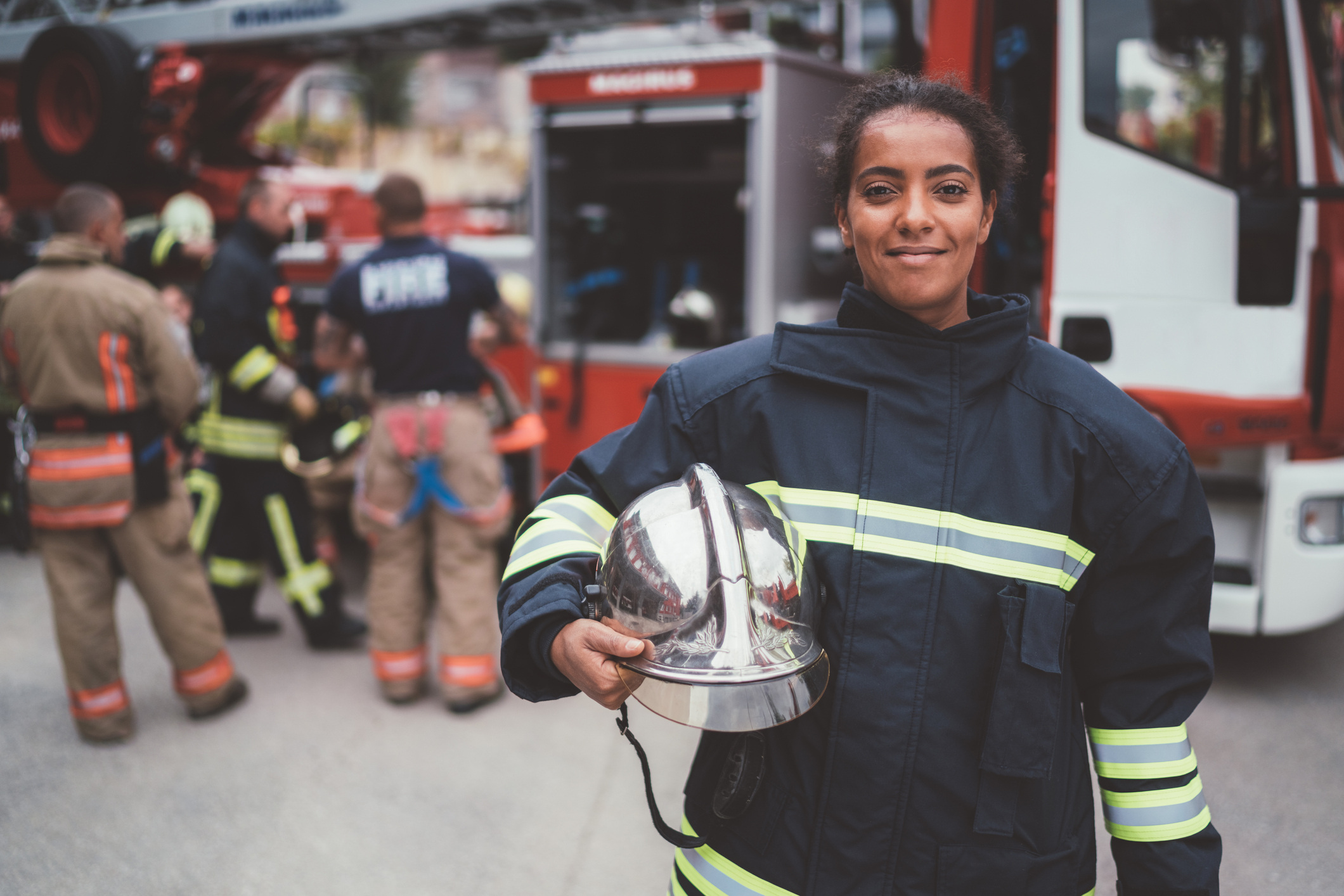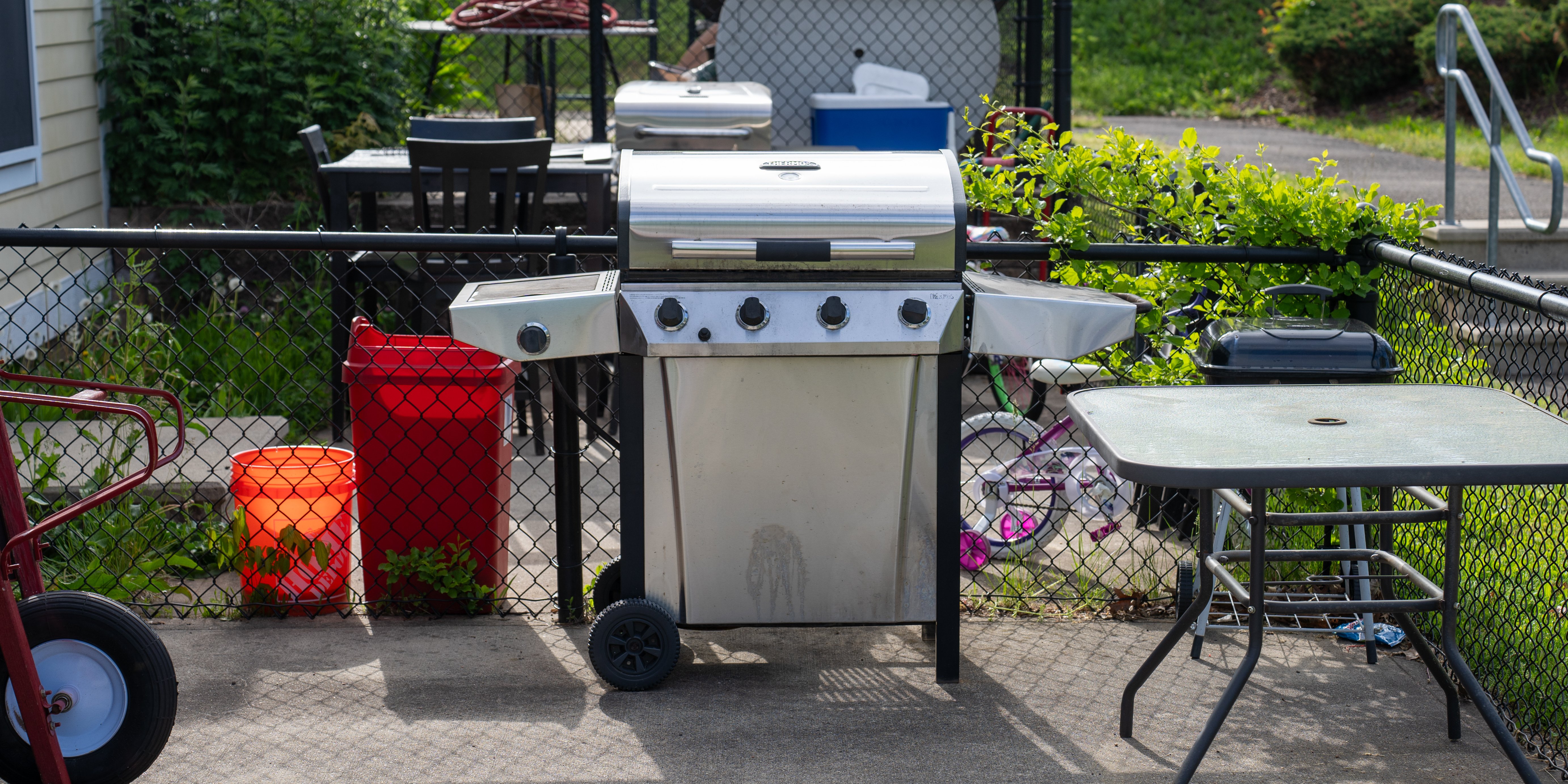Not every structure fire can be prevented—there’s a reason nearly every town, no matter how small, has a dedicated career or volunteer fire department. But there are proven steps public and affordable housing organizations can take to reduce the risk of fires and ensure residents, visitors, and staff remain safe if a fire does occur.
With Fire Prevention Week in October, we're highlighting some of the most pressing fire risks in multifamily housing and providing fire safety tips that you can pass along to your residents and staff.
1. Train staff and residents on fire escape tactics
The theme of Fire Prevention Week —Fire Won’t Wait. Plan Your Escape—stresses the importance of planning and practicing a home fire escape.
Consider hosting a training event for staff and residents of all ages to ensure everyone understands how to stay safe in case of a fire (click here to learn about the importance of fire safety education in low-income communities).
“Fire safety education isn’t just for school children,” the National Fire Protection Association (NFPA) states on its website. “Teenagers, adults, and the elderly are also at risk in fires, making it important for every member of the community to take some time every October during Fire Prevention Week to make sure they understand how to stay safe in case of a fire.”
Make sure primary and secondary fire escape plans are easily accessible to residents and posted throughout the property according to local and state fire codes, said HAI Group Senior Risk Control Consultant Nicklaus Mayo, who also works as a career firefighter in Connecticut.
If your organization has any questions about local fire codes, refer to your authority having jurisdiction (AJH), which is the organization, office, or individual responsible for enforcing fire codes and building standards in your area. For example, in a high-rise structure that’s considered fire resistant, some AJHs may recommend that residents shelter in place during a fire, even though it goes against instinct, Mayo said.
“In those situations, sometimes the safest place for a resident to be is within their unit, as long as it’s not the unit directly affected by the fire,” he said. “Let’s say there’s a fire on the third floor of a ten-story building. The smoke is going up, so once residents above the third floor exit their unit, they may encounter dangerous smoke conditions.”
Depending on the building layout and size, your AJH may not recommend this approach. So it’s important to stay in regular contact with your AJH to review fire escape protocols, Mayo said.
Housing staff should review fire escape plans with residents at move-in, and during annual unit inspections. Staff should also urge residents to talk about fire safety and emergency exit strategy with their children, grandchildren, and visitors. Residents should also know where the closest fire extinguisher and fire alarm pull station are located.
“The best thing that you can do is to remind residents at every touchpoint you have with them of the important safety features within the building,” Mayo said.
2. Reinforce remaining in the kitchen while cooking
About half of all reported home fires in the U.S. are caused by cooking, according to the latest National Fire Protection Association (NFPA) report on residential cooking fires. Here are some additional findings from the report:
-
Cooking fires caused an estimated $1.2 billion in damage between 2014-2018.
-
Cooking fires are twice as likely to occur in apartments than in one- and two-family homes.
-
Most cooking fires are minor but occur in apartments where sprinkler systems are installed.
-
Unattended cooking is by far the leading factor in cooking fires.
“Residents should always watch what they’re cooking,” Mayo said.
Whether frying, grilling, or broiling, residents should stay in the kitchen until they’re finished. If they need to leave, the best advice to give residents is to turn off the stove, he added.
Housing organizations should consider installing canister devices—such as those from Auto-Out Cooktop Fire Protection— designed to extinguish unattended cooking fires before they spread from the stovetop, Mayo said. If you’re an HAI Group member, Auto-Out canisters are available at a special discounted price.
Kelli Esposito, a certified apartment supplier at Auto-Out, said the canisters attach with a magnet to the underside of a vent hood.
“The canisters are flame activated as opposed to human intervention, which is important because most grease fires start when someone has walked away from the cooktop,” Esposito said.
The primary fire-suppression agent in Auto-Out canisters is baking soda, which releases carbon dioxide, removing the oxygen flames feed on.
“The worst thing you can do is pour water on a grease fire,” Esposito said. “Since oil and water do not mix, pouring water can cause the oil to splash and spread the fire even worse.”
Eligible HAI Group members that install automatic stovetop fire suppression devices can submit for project reimbursement through our Loss Prevention Fund.
3. Inspect fire protection equipment
Every time someone from your property management or maintenance team steps into a unit—whether for an annual inspection or to fix a leaky faucet—they should check that all smoke and carbon monoxide detectors work, Mayo said. Staff should also check fire suppression sprinklers to ensure they haven’t been tampered with.
“That’s a mandatory part of staff stepping into a unit,” he said. “Besides formal inspections once a year, you’re not in there the other 364 days, so as many touchpoints as you get, you have to make sure that these fire protection components are working.”
During unit visits, staff should always check the date smoke and fire detectors were installed to ensure they aren't expired. Hard-wired detectors with battery backup are preferred, Mayo said.
“If detectors are hard-wired and interconnected, if one goes off, they all go off,” he said. That’s extremely important because if you have a battery-powered smoke detector activated in the basement and you’re sleeping on the second floor, you might not be able to hear it. But if they’re all connected, they all go off, no matter what.”
if the detectors aren't hard-wired, staff should test and change batteries twice a year at a minimum, when the clocks change in the fall and spring.
Urge residents to notify property management immediately if they believe any of their smoke, heat, or carbon monoxide detectors are malfunctioning. Staff should carefully document each inspection and any actions taken, Mayo said.
4. Ensure security bars are installed properly
While security bars may provide an added layer of security in high-crime areas, they can also be a hazard when they block egress from units, said Elizabeth Owens, HAI Group's director of risk control and consulting.
"Security bars should be installed with a quick release latch that can be accessed from the inside," she said. "In a fire, seconds can make the difference between life and death. When possible, units should have multiple clear paths of egress for residents to utilize in the event of a fire. Units should be inspected for housekeeping/hoarding issues that block the exits from the units."
To ensure that these security bars don't become a danger to the residents, HAI Group recommends the following:
-
Install security bars with a quick release manufactured by reputable companies.
-
Hire a third party to install the bars, especially if your staff doesn't have this expertise.
-
Ensure that the security bars are free from rust and latch mechanisms are oiled and well maintained.
-
Test the quick-release latch when in the unit for work orders, housekeeping inspections, and turnovers; keep all testing documentation.
-
Provide quick-release latch basic training and written reference materials to residents during lease-ups and renewals to ensure they understand how it functions; have residents sign off that they received training.
-
Display stickers on the interior of the windows to offer directions on how to operate the quick-release latch.
Always contact your local fire department or authority having jurisdiction to ensure that your security bars meet your local laws and codes.
5. Keep flammable materials away from space heaters and candles
If your housing organization allows space heaters in units, consider creating a safety policy all residents must acknowledge as part of their lease agreement. Here are some critical safety tips to pass along to residents:
-
Keep space heaters at least three feet away from anything that can burn.
-
Keep kids and pets away from space heaters.
-
Always turn space heaters off when leaving the room or going to bed.
Mayo said that candles are a leading cause of fire during the winter months, especially around the holidays. Residents should be advised to keep candles at least a foot away from anything that can burn. Residents should also blow candles out when leaving the room or going to sleep. Matches and lighters should be stored up high or in a cabinet with a child lock.
6. Install and inspect self-closing doors
During a fire emergency, residents should prioritize a quick and safe exit. Shutting their unit doors behind them might not come to mind. Self-closing doors can provide peace of mind and help prevent fires from spreading beyond a unit or passageway, Mayo said.
These doors are often required in new construction. If you manage older properties where these doors aren’t required by code, consider investing in them anyways. Staff should check that self-closing doors are working correctly during annual unit inspections and maintenance visits.
Additional Resources
Contact our Risk Control and Consulting team for more resources and answers to your housing organization’s risk-related questions.
Interested in Working With HAI Group? Our Account Services team is ready to assist you.
This article is for general information only. HAI Group® makes no representation or warranty about the accuracy or applicability of this information for any particular use or circumstance. Your use of this information is at your own discretion and risk. HAI Group® and any author or contributor identified herein assume no responsibility for your use of this information. You should consult with your attorney or subject matter advisor before adopting any risk management strategy or policy.
HAI Group® is a marketing name used to refer to insurers, a producer, and related service providers affiliated through a common mission, management, and governance. Property-casualty insurance and related services are written or provided by Housing Authority Property Insurance, A Mutual Company; Housing Enterprise Insurance Company, Inc.; Housing Specialty Insurance Company, Inc.; Housing Investment Group, Inc.; and Housing Insurance Services (DBA Housing Insurance Agency Services in NY and MI).



